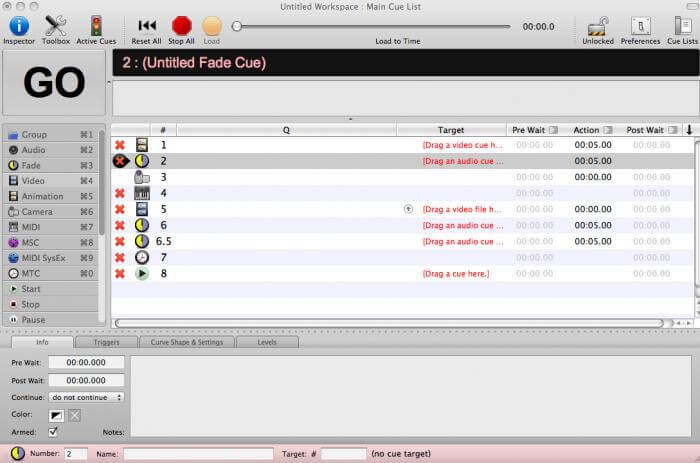
An IP address consists of 4 digits between 0 and 254 separated by decimal points.

The trade-off is that OSC can be more time-consuming to set up.įor an in-depth look at how OSC is implemented in Eos, see p47 of this document (PDF).Įach device on a network must have an IP address, which must be unique within that network. The advantage of OSC is that no additional MIDI hardware is required, as everything happens on the network, and that OSC is much more powerful. Luckily, both Eos and QLab are flexible enough to avoid this.įormerly, the MIDI protocol was commonly used for this purpose. If the sound software can only output in the format "/cue/1/go", but the lighting console can only understand in the format "/lights/cue/1/fire", we have a problem. Part of the trick in getting different devices to talk to each other is to have them speak each other's language. Other devices implement OSC in different ways for example, QLab would understand the incoming command "/cue/1/start".

For example, Eos can understand commands like "/eos/chan/1/out", which would turn off channel 1, or "/eos/cue/1/fire" to run Cue 1. OSC is an open protocol which allows the sending and receiving of human-readable messages between sound, lighting and other entertainment technology systems.


 0 kommentar(er)
0 kommentar(er)
